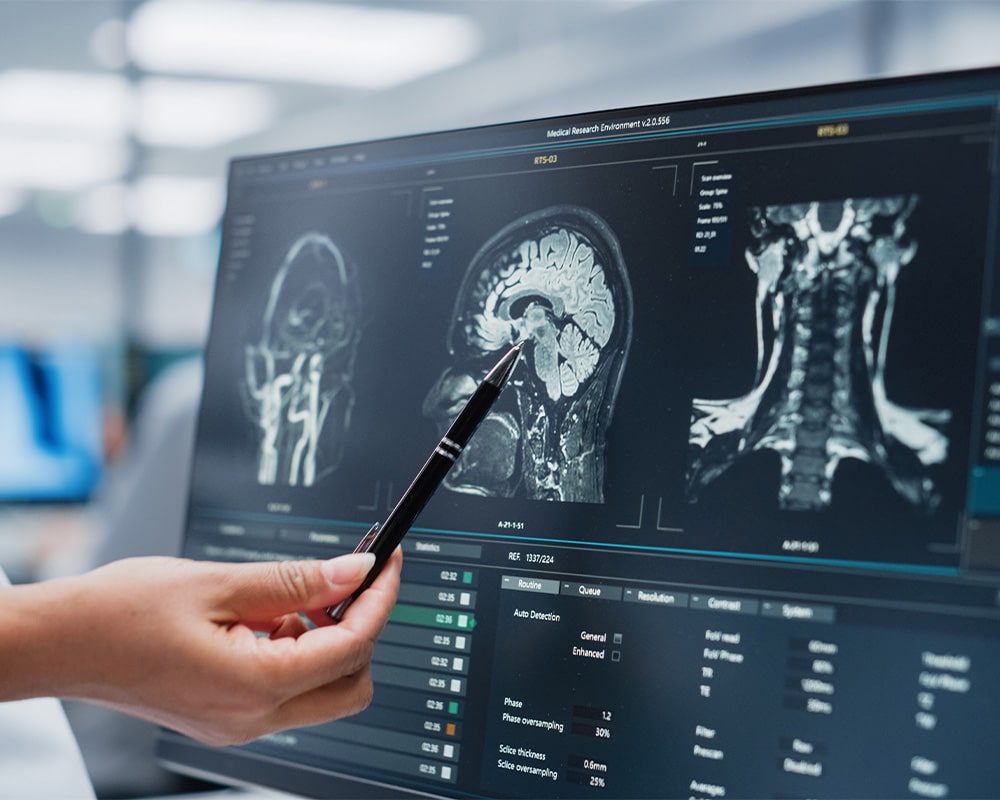Perceptive MSK Trial Experience
Having supported over 360 MSK trials to date, many of which have led to regulatory approvals, Perceptive Imaging is uniquely positioned to deliver reliable imaging data to demonstrate the safety and efficacy of your compounds in development.














